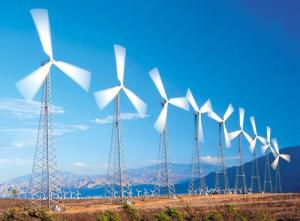A survey of projects and economics.
Christine Real de Azua is the communications coordinator for the American Wind Energy Association (AWEA).
The amount of electricity generated from wind in the U.S. is expected to surge this year — owing in large part to hydropower shortages out West, natural gas price volatility across the country, and high capacity factors for wind turbines, which help to offset the intermittent nature of wind energy generation.

As of March 2001, proposals were in the works for some 2,000 new megawatts (MW) of new, wind-powered generating capacity. Of that amount, 1,500 MW or more may be completed in 2001, more than twice the previous record of 732 MW set in 1999.
If that scenario should unfold as projected, then total generating capacity from wind will have jumped from 2,550 MW at the end of 2000 to over 4,000 MW by the end of 2001, with the increase representing a 60 percent annual growth rate and a $1.5 billion investment. Moreover, a clear message will have emerged out of the confusion surrounding supply shortfalls and electricity price volatility: That wind power can prove beneficial to a utility' s supply portfolio for basic economic reasons, by reducing risk associated with fuel prices and supplies.
Regional Hot Spots
Texas, California, and the Pacific Northwest led the list of new wind energy projects proposed during the year.

